Results of the most sophisticated analysis of inaccessible public lands reveals a staggering challenge that the Land and Water Conservation Fund could help solve
This week, onX and the Theodore Roosevelt Conservation Partnership revealed the stunning results of a collaboration to quantify how many acres of America’s public lands are entirely surrounded by private land and, therefore, sit inaccessible to hunters, anglers, and other outdoor recreationists.
The Findings
More than 9.5 million acres across thirteen states in the American West were identified as landlocked by private lands in a study using today’s leading mapping technologies. The findings are now available in a new report, “Off Limits, But Within Reach: Unlocking the West’s Inaccessible Public Lands,” which unpacks the issue in unprecedented detail.
“At 9.52 million acres, the massive scale of the landlocked problem represents a major impediment to public access and the growth of the $887-billion outdoor recreation economy,” says Joel Webster, Western lands director with the Theodore Roosevelt Conservation Partnership. “These are lands that all Americans own, and yet public access is not readily available or guaranteed.”
Up until now, little has been done to make a comprehensive and detailed assessment of this frequently discussed issue. This new report breaks down the 9.52 million acres landlocked across the West into totals for each of the thirteen states, highlighting the largest landlocked parcel within each state and how many landlocked acres each federal land management agency oversees.
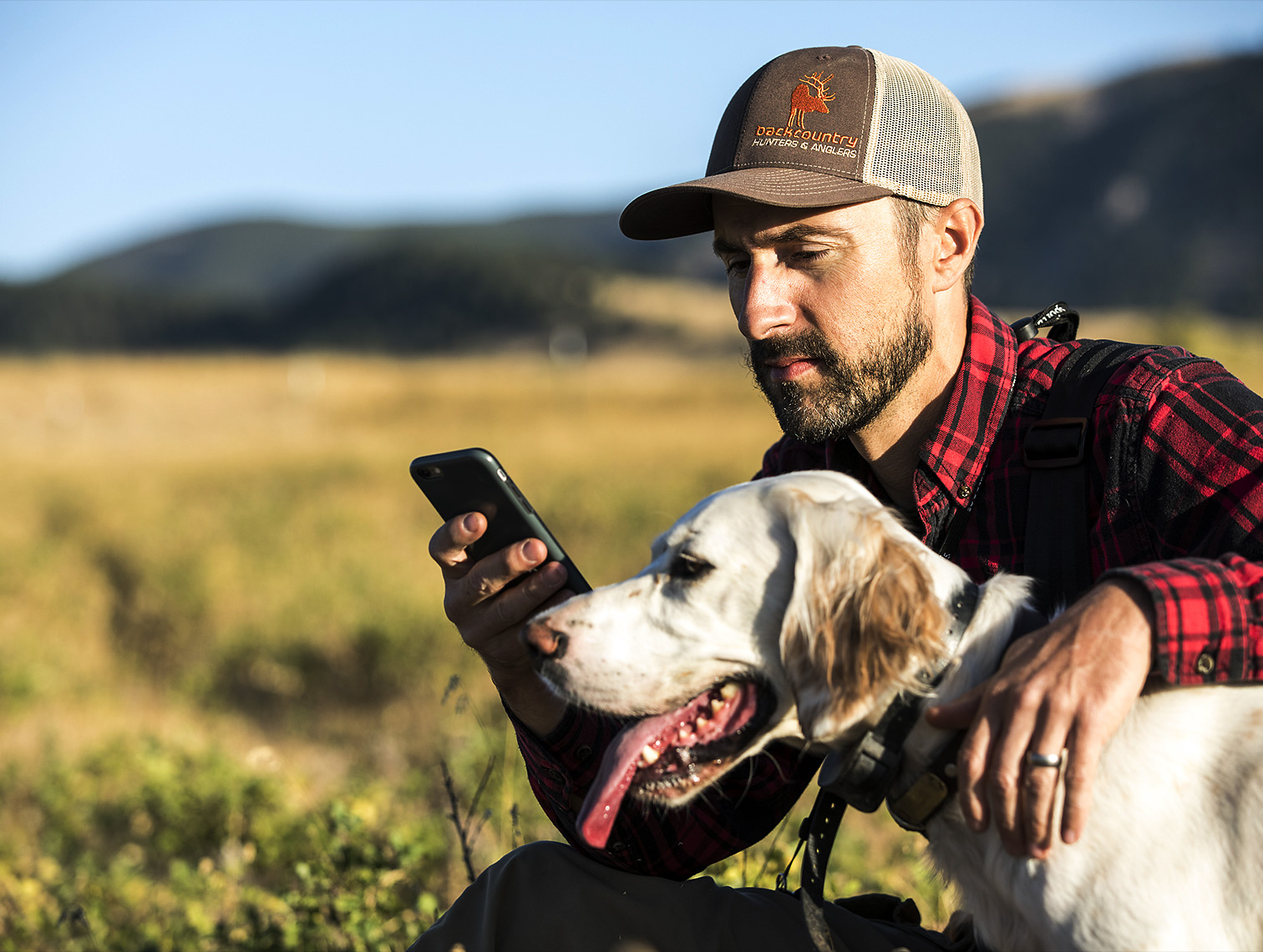
More than 93.2 percent of landlocked public lands in the West are managed by the Bureau of Land Management. Wyoming holds the most inaccessible public lands with 3.05 million acres—or almost a third of the total landlocked acreage across the region.
“onX was founded on helping people access the outdoors and public lands, and our partnership in this project is an extension of that,” says onX founder Eric Siegfried. “In additions to creating technology that enables people to make memories in the field or on the water, we strongly support efforts that either improve current access points or open up new opportunities for our customers. Why not start with the public lands that we rightfully own?”
A Solution in Jeopardy
The report also highlights the most powerful tool for opening landlocked lands to the public—the Land and Water Conservation Fund, which, among other things, pays for voluntary easement and acquisition agreements with private landowners. This joint effort between onX and TRCP arrives at a critical time for the fund, which is set to expire on September 30, 2018, unless Congress acts to reauthorize the LWCF.
“Our report offers a clear and accurate picture of a major access obstacle facing public land users, and the Land and Water Conservation Fund is the single most important mechanism for addressing this challenge,” says TRCP’s Webster. “Many lawmakers talk about their commitment to public access, and the clearest way for them to demonstrate their support would be to reauthorize this critical program by September 30.”
“Many public land parcels without guaranteed public access range from five to 30 square miles in size—we aren’t just talking about postage stamp sections,” adds Siegfried. “Understanding this, lawmakers have a very real opportunity to make a positive difference by expanding public access for the American people, and we hope they do.”
Landlocked Acres by State
Arizona: 243,000 acres
California: 492,000 acres
Colorado: 269,000 acres
Idaho: 208,000 acres
Montana: 1,523,000 acres
Nevada: 2,054,000 acres
New Mexico: 554,000 acres
North Dakota: 107,000 acres
Oregon: 443,000 acres
South Dakota: 196,000 acres
Utah: 264,000 acres
Washington: 121,000 acres
Wyoming: 3,046,000 acres
Learn more and download the full report at unlockingpubliclands.org.
In partnership with


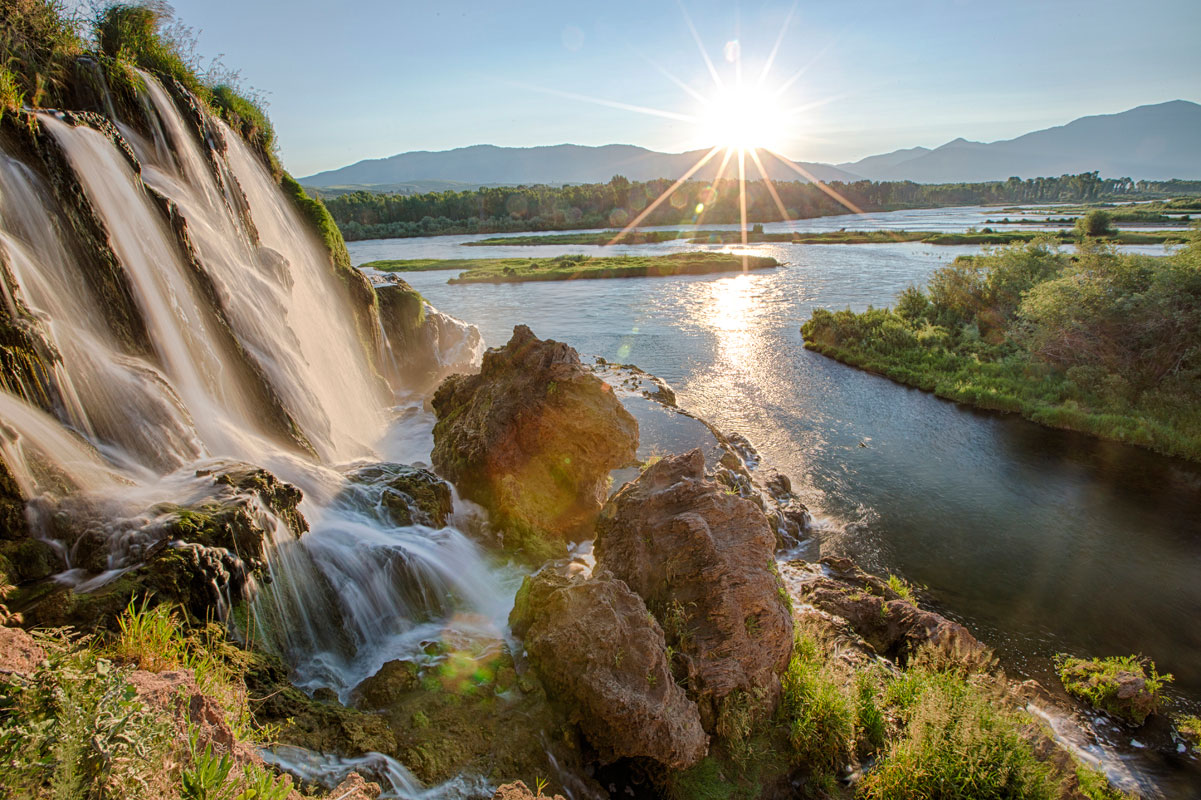
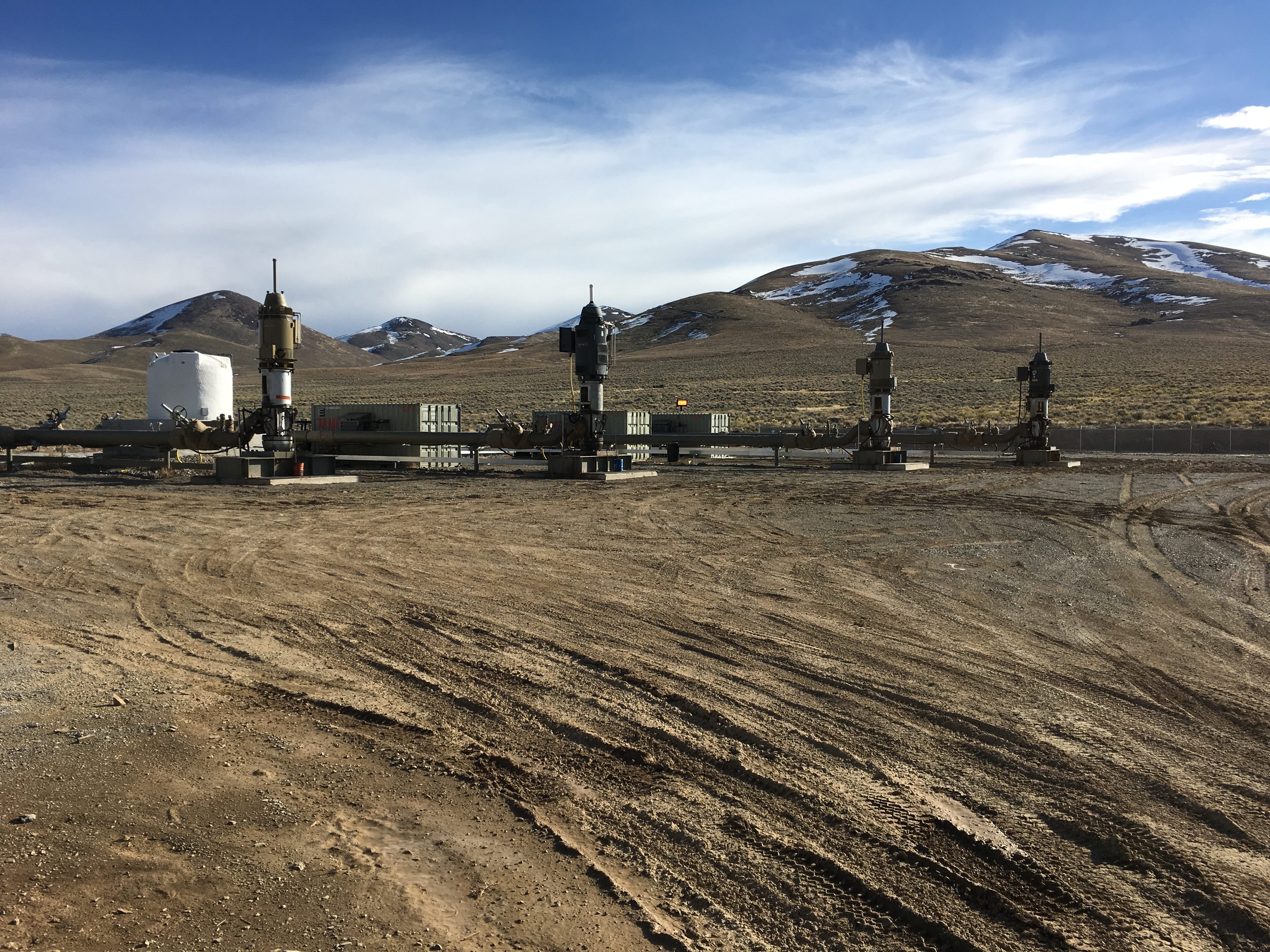
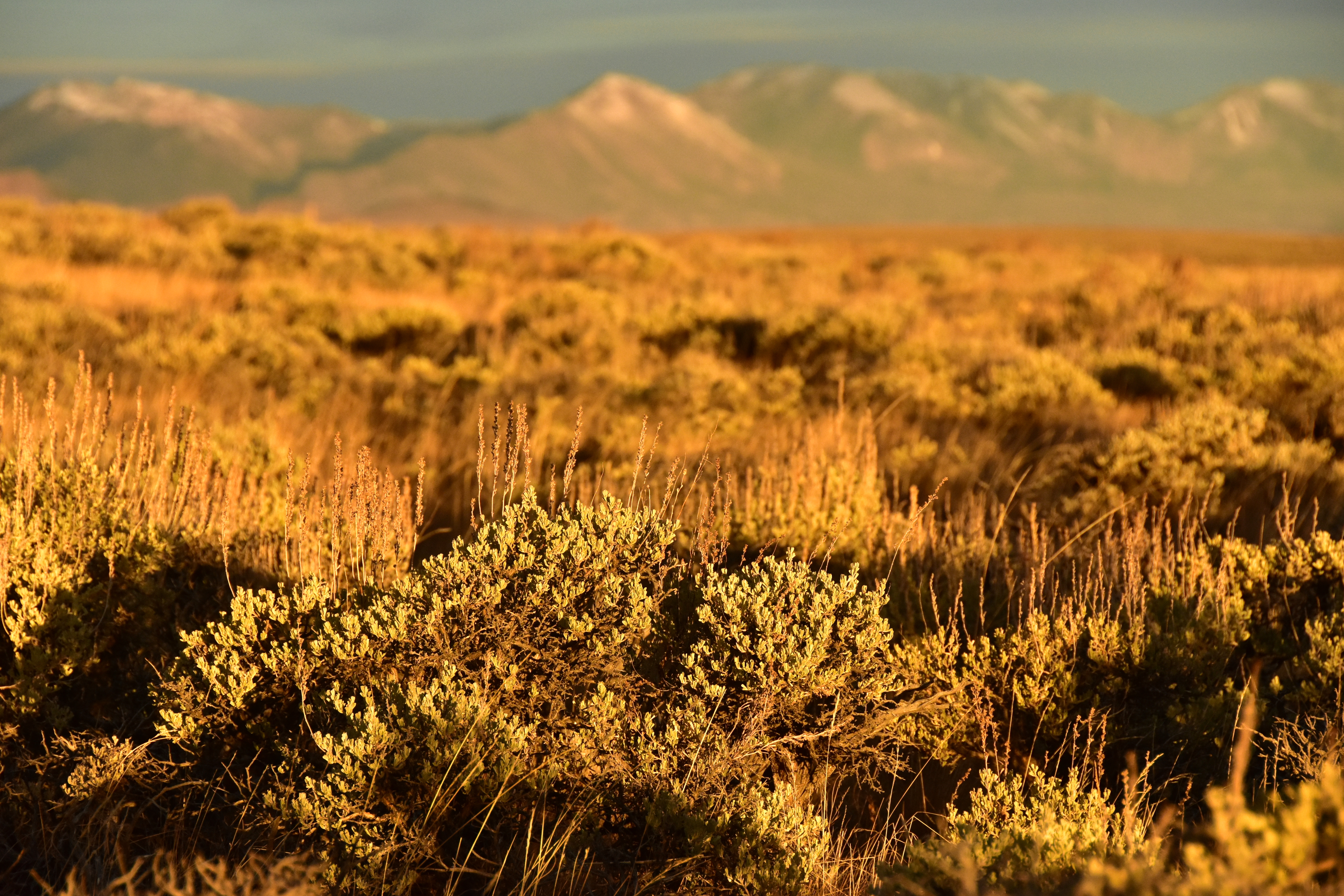
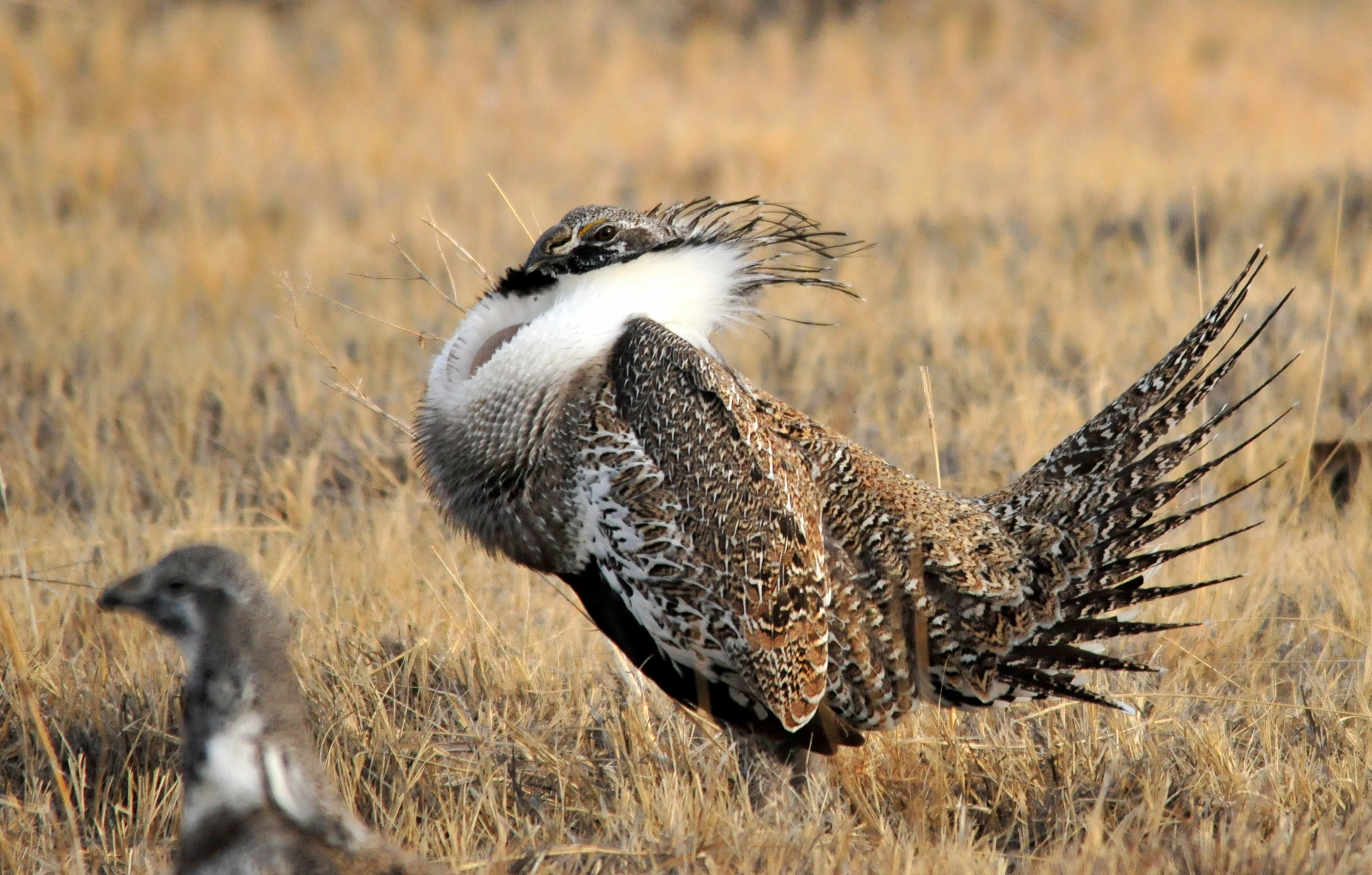
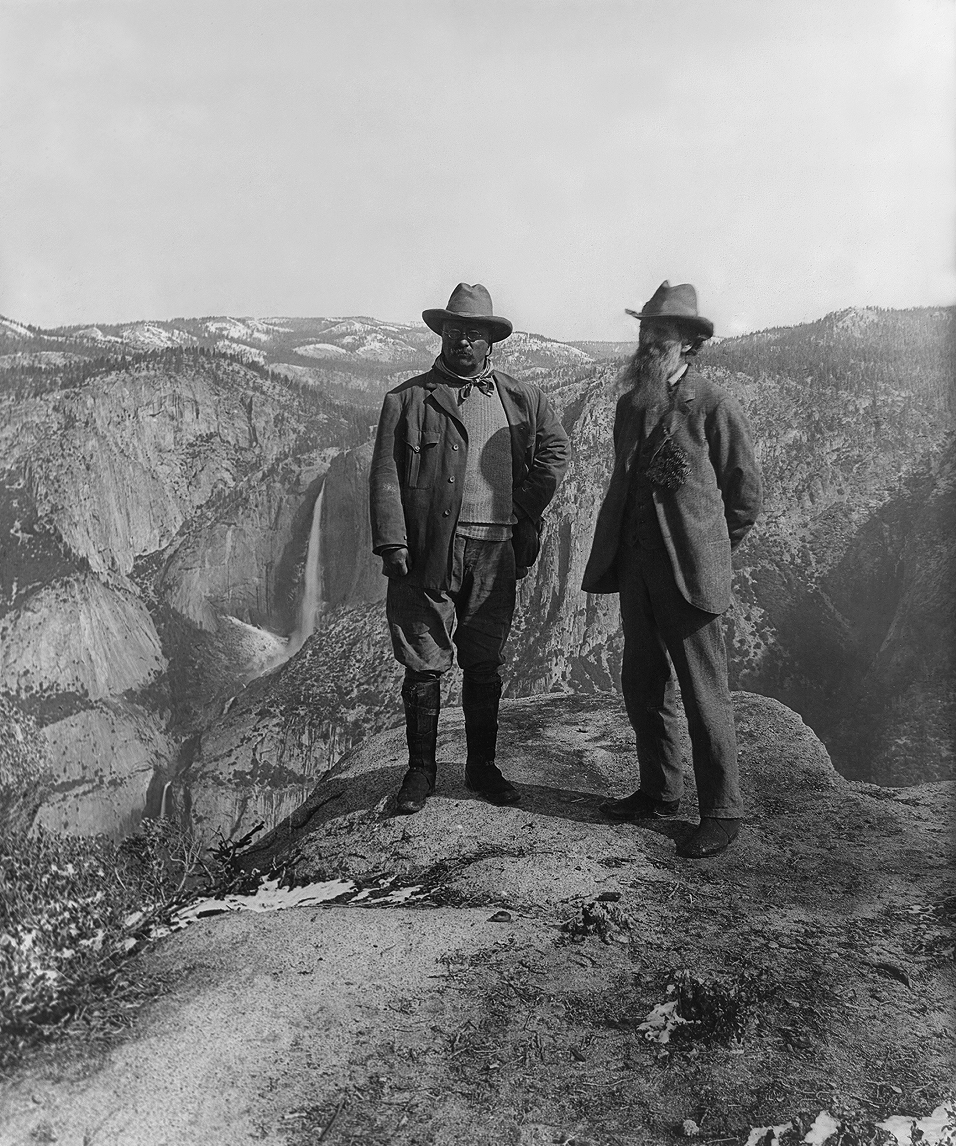
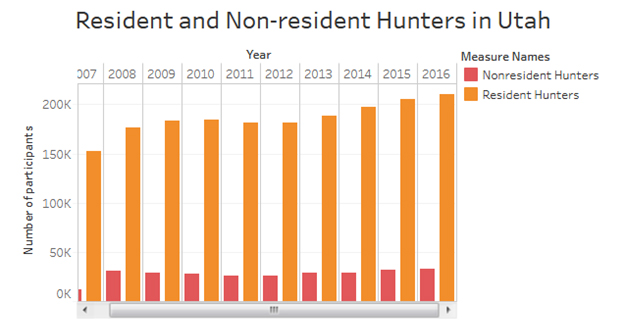
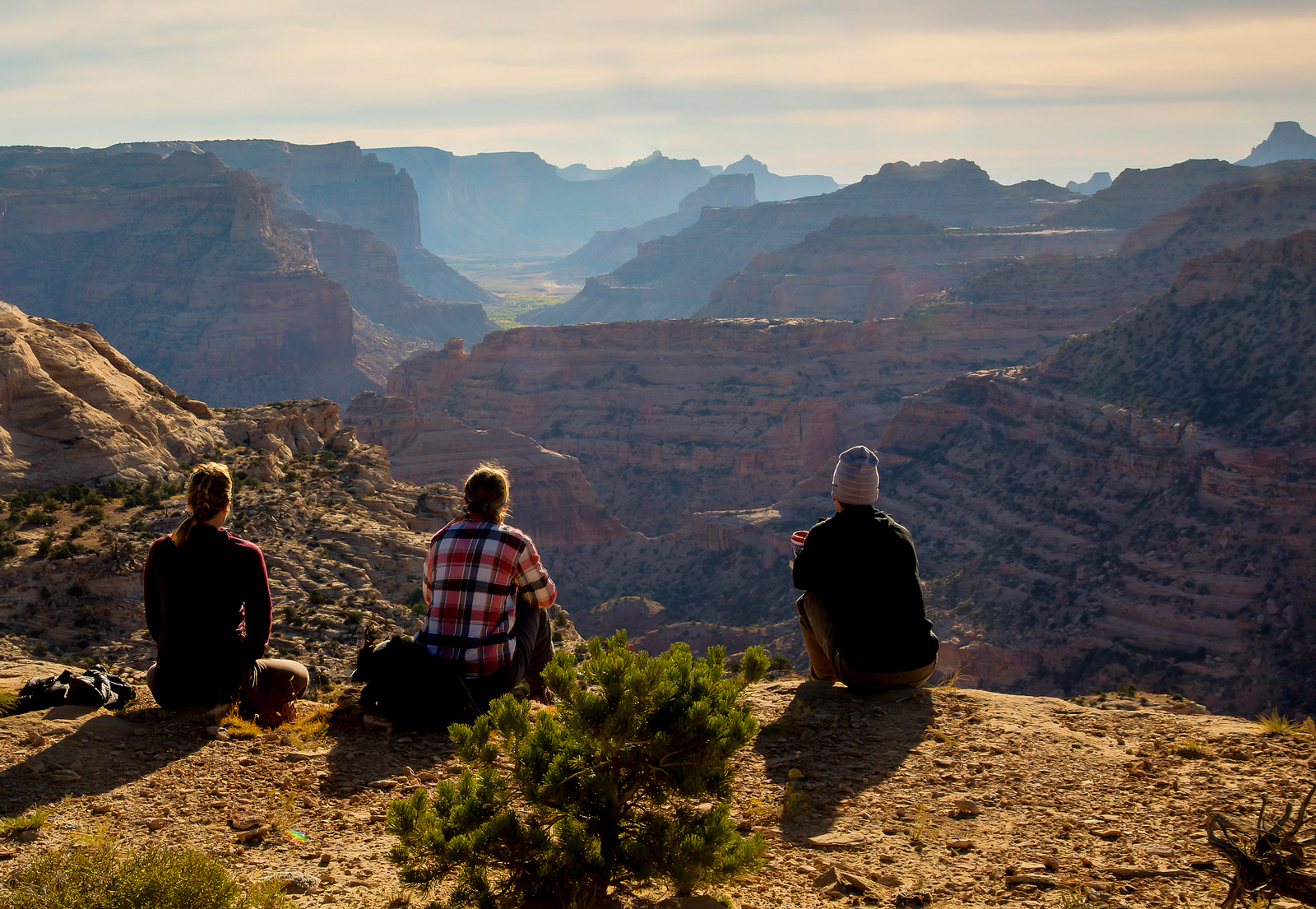
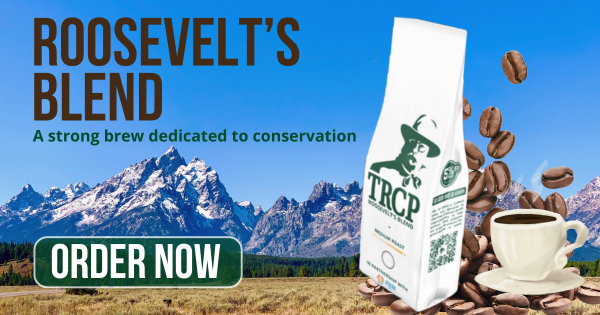



I think the public should have access the these lands we pay for and only the private land owners can use there should be an easement through the private land with no hunting signs if they want until the public land is reached I understand that a lot of people don’t follow the rules and screw it up for every one else but those are few the law abiding people should have access to these lands
We need to get access to these lands, it’s not right keep people out of public land mynlockimg it in. Then the private land owners are the only ones with access to that land.
This is a huge problem in Montana the land owners do it on purpose by land locking public land they run there cows on fee land or outfit it for a profit
Must have easements!
Why can’t access be guaranteed through the use of eminent domain? We take private property to allow private businesses to build on, so it’s time to use it to carve out access to our property and make such access permanent.
Using Prescriptive Easements is possible. You would have to survey the new public easement and have it recorded on the title of the property.
While I understand the want to access some of these lands, there are issues here which must be pointed out. I manage private forestlands in California and I know what the cost is to build and maintain roads, and allow access. In California, large landowners (mostly industrial timberland owners have begun shutting off access to their lands due to damage to roads, complying with regulatory issues, and dealing with fire dangers. (In California, some of our larger fires over the last few years have been started by lost hunters or people out target practicing.) Additionally, in order to better protect endangered species, landowners are required to reduce erosion. A road bleeding sediment is a violation of the Federal Basin Plan and in California (and many other western states) their forest practice rules.
Due to regulatory requirements, private landowners are having to invest millions of dollars into their roads to make them more stable (and less possibility of erosion). To winterize roads (installing rolling dips and waterbars and adding rock) which would be suitable for passage for access to a lot of these roads would be a monumental cost to the private landowners which would be an additional expense to bare. Unless the federal government is going to be on the hook to open up these roads to allow for passage and storm proof them, this is going to be a very tough discussion for landowners to start. We are talking about $1,000 per 100 feet of road in many instances or more. This is a huge cost.
Additionally, another issue becomes liability, by allowing the public across your property, you open yourself up to liability issues. Unless the government is going to take on this liability, then most landowners are going to resist this issue. This coverage would need to cover landowners from things like road damage, property damage, injury from people using the road, and numerous other topics. For those of you who don’t own land, this is a huge issue. imagine allowing your backyard to be open to the public and that might start to paint a picture of this issue.
In all honesty, this effort while worthwhile, is better off trying to identify property to exchange for other property to reduce the checker-boarding effect than for pushing for access across private property. Why not just fix the issue and not burden private property owners? Offer landowners fair value (not just monetarily, but in value for their use) for their land and swap it out with adjacent lands to reduce the effects. This will benefit all involved. This issue is much more complicated than just “lets pull eminent domain” as that doesn’t deal with regulatory compliance or liability issues which private landowners face.
Excellent. Well stated and summarized.
My brother and sil in Oregon used to ride their horses on roads through private property owned by a timber company, until they were closed off for the exact reasons you’ve covered.
I grew up in Oregon hearing Smokey the Bear say, “Remember, only you can prevent forest fires.” That campaign was discussed in schools and some homes, and it made a lasting impression on me, at least. It made me conscious of my actions each visit to the forest or even when traveling.
Unfortunately, people are apparently no longer willing to be “good neighbors”, or personally responsible for their actions. So the few who are suffer the consequences along with them.
We now live in Colorado where carelessness with fire is even more hazardous, engendering longer-term devastation, in some cases denuding the land of trees for generations due to limited rainfall.
There is always the danger of “crazies”, too, who seek to fulfill their own agendas by starting fires, regardless the cost to others. No private land owner wants to put up with the chance of that happening, and rightly so.
This is a very difficult issue, and the private property owners involved are caught between the proverbial “rock and a hard place”. I don’t envy them.